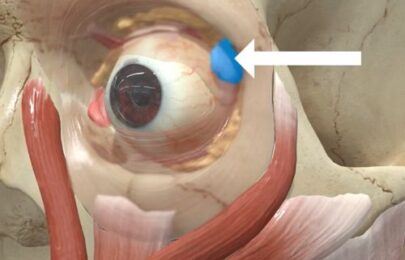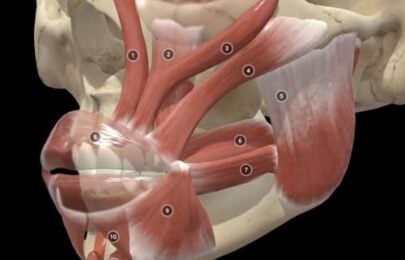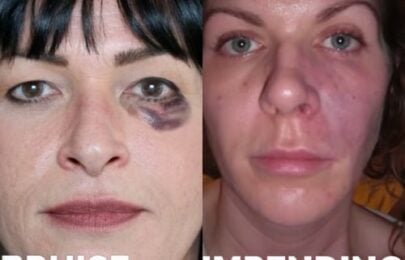3D Anatomy Learning Course
Understanding facial anatomy is crucial for precise filler placement and achieving natural, balanced results. Knowledge of anatomical structures and vascular supply not only helps in avoiding complications but also enhances the overall effectiveness of treatments.
If you are eager to deepen your understanding of anatomy, Dr Tim is excited to announce a new training experience tailored for aesthetic injectors
Watch this space to find out more...

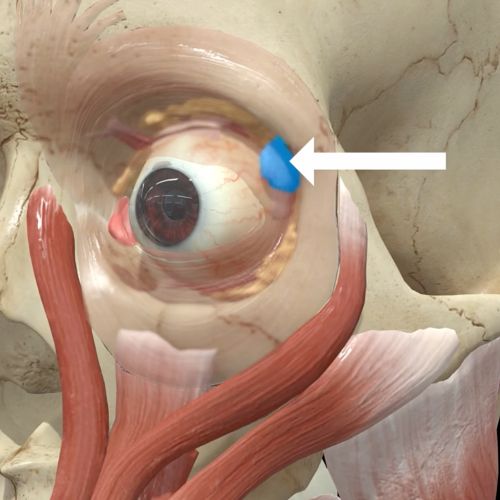
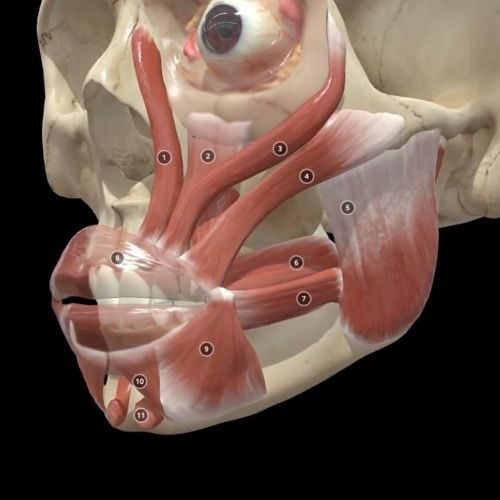
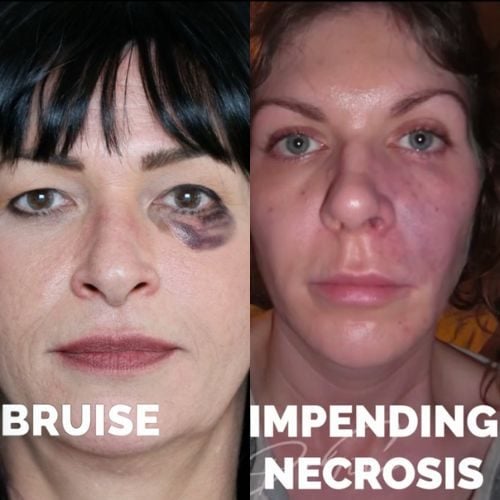

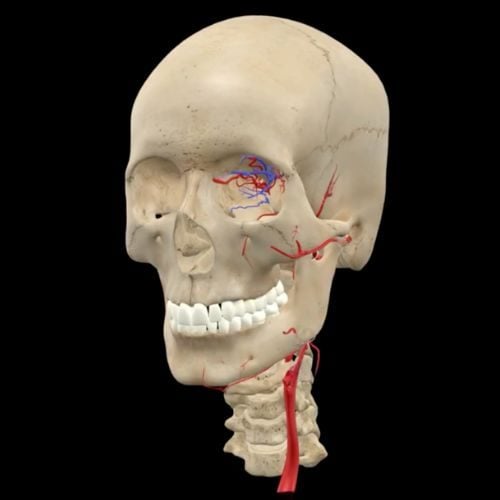
 Dr Tim Pearce
Dr Tim Pearce

 Part of your role is undoing patient misconceptions in a way that feels empowering. You never dismiss a patient’s request outright; instead, you use it as a starting point to understand their underlying psychology. You then rewrite the story with your expertise. Every story involves conflict and resolution. In this case, the resolution is placed in the hands of an expert rather than an amateur. Patients may want to feel confident, start a new relationship, land a new job, or take selfies without hesitation. Their proposed solution —getting a specific cosmetic procedure — may be valid, but there may be a better approach. You are asking for permission to guide them and provide a more appropriate answer using the Art Codes Framework.
Part of your role is undoing patient misconceptions in a way that feels empowering. You never dismiss a patient’s request outright; instead, you use it as a starting point to understand their underlying psychology. You then rewrite the story with your expertise. Every story involves conflict and resolution. In this case, the resolution is placed in the hands of an expert rather than an amateur. Patients may want to feel confident, start a new relationship, land a new job, or take selfies without hesitation. Their proposed solution —getting a specific cosmetic procedure — may be valid, but there may be a better approach. You are asking for permission to guide them and provide a more appropriate answer using the Art Codes Framework.
